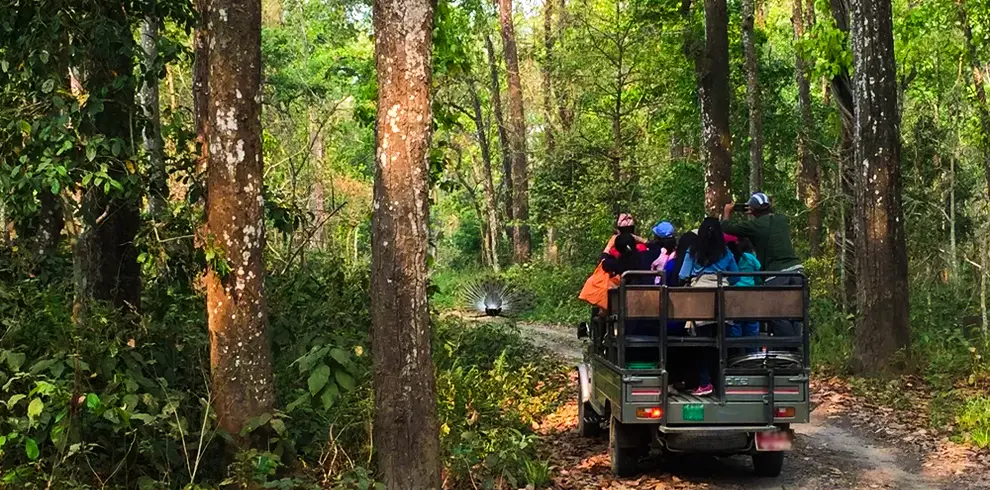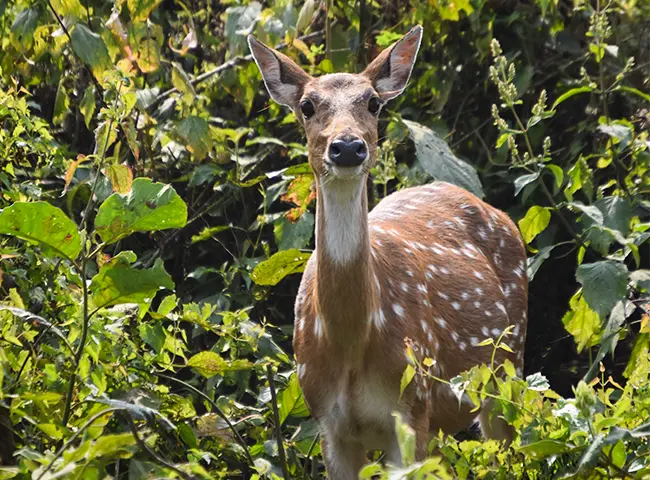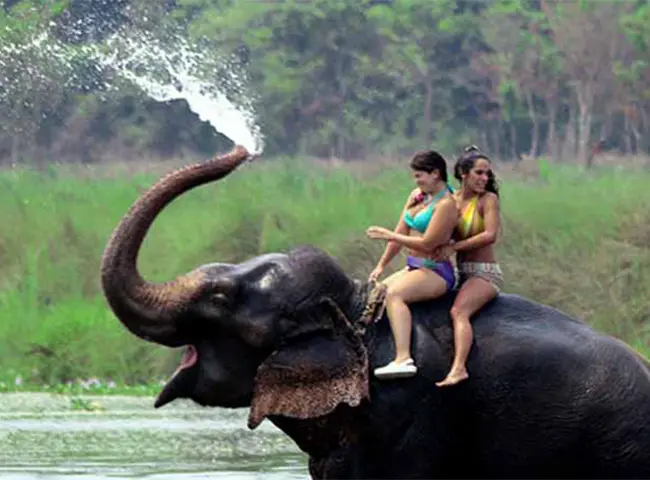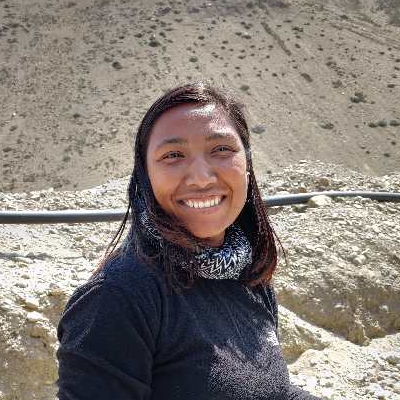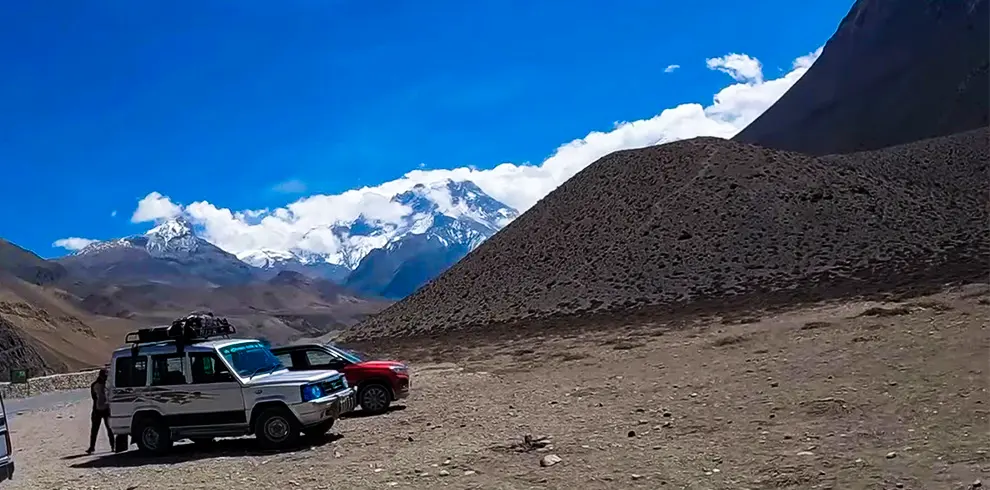Chitwan National Park is a protected area located in the southern region of Nepal. Established in 1973, the park covers an area of 952 square kilometers and is home to a diverse range of flora and fauna, including tigers, rhinoceroses, sloth bears, deer, monkeys, and over 500 species of birds.
The park is situated in the subtropical inner Terai lowlands and is characterized by its dense forests, grasslands, and riverine ecosystems. The Rapti, Reu, and Narayani rivers flow through the park, providing important water sources for the wildlife.
Chitwan National Park is recognized as a UNESCO World Heritage Site and is a popular destination for wildlife enthusiasts and nature lovers. Visitors can participate in a variety of activities, including jungle safaris, elephant rides, canoe trips, and birdwatching tours. The park also offers opportunities to learn about the local Tharu culture, including traditional dance performances and visits to Tharu villages.
Conservation efforts in Chitwan National Park have been successful in protecting endangered species, such as the one-horned rhinoceros, from poaching and habitat destruction. However, the park faces ongoing challenges, such as human-wildlife conflict and the impacts of climate change, which threaten the long-term sustainability of the region.

